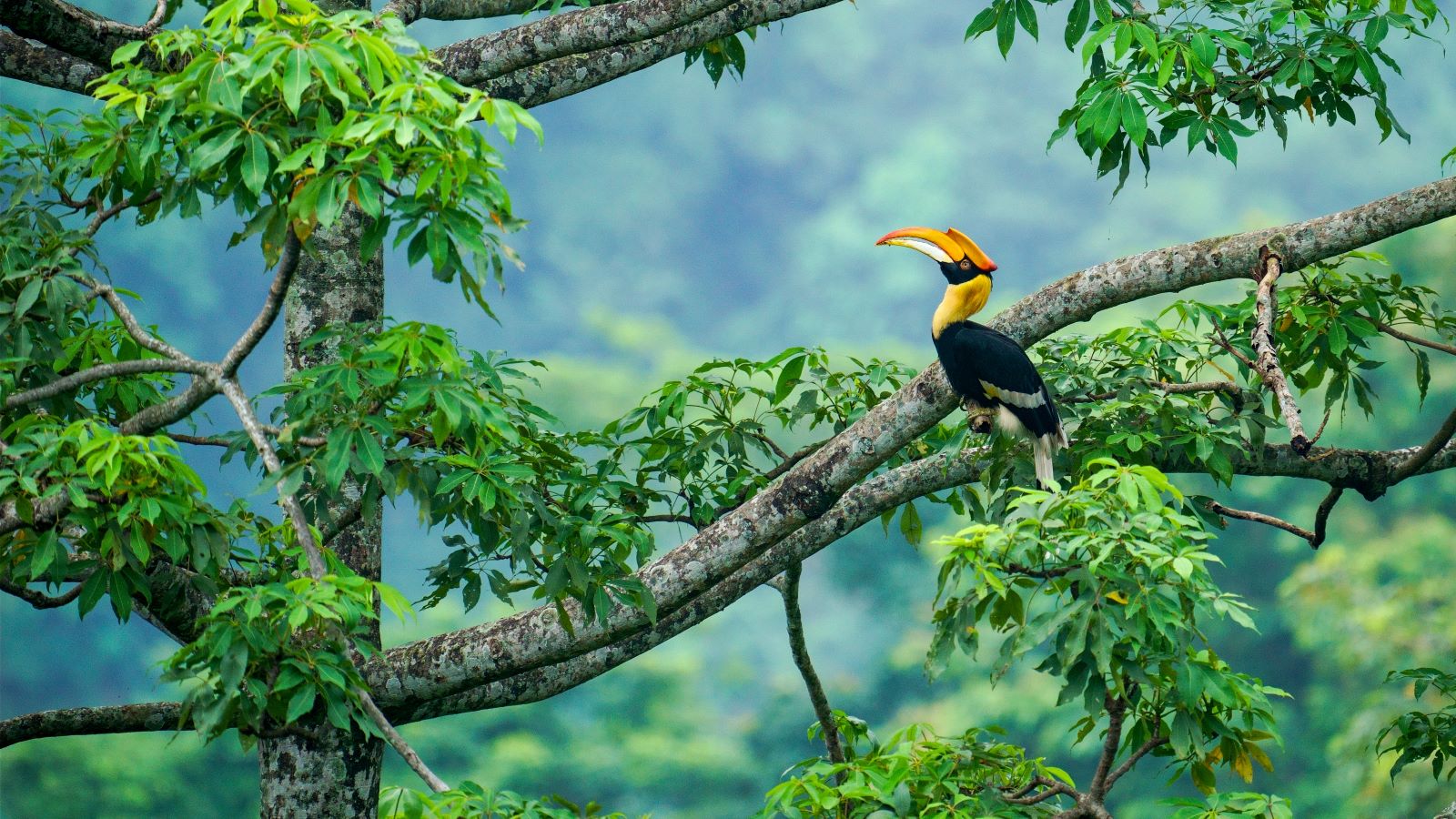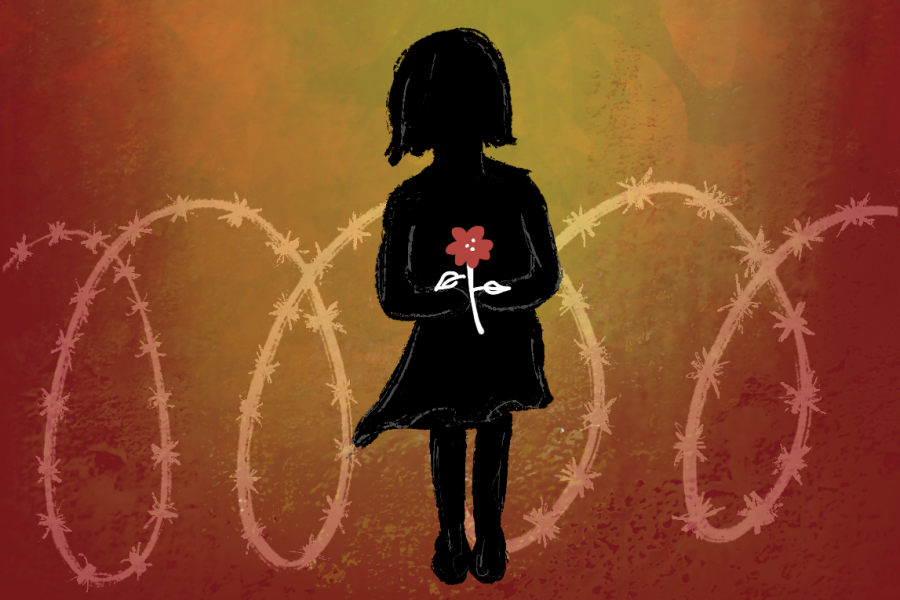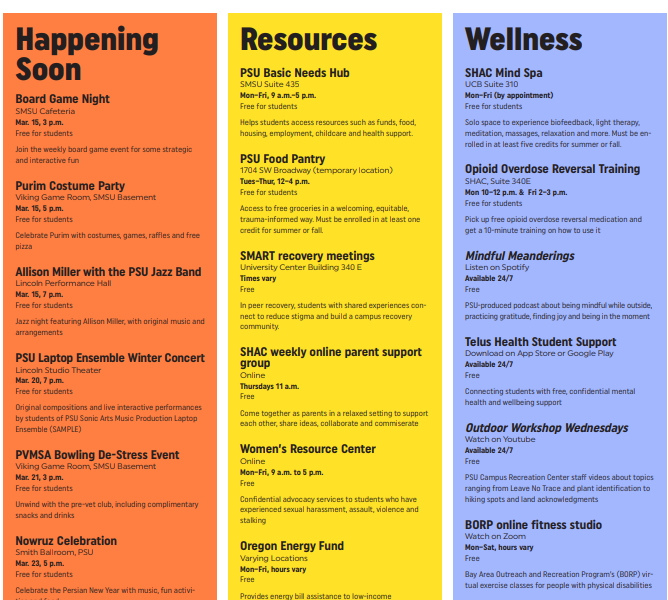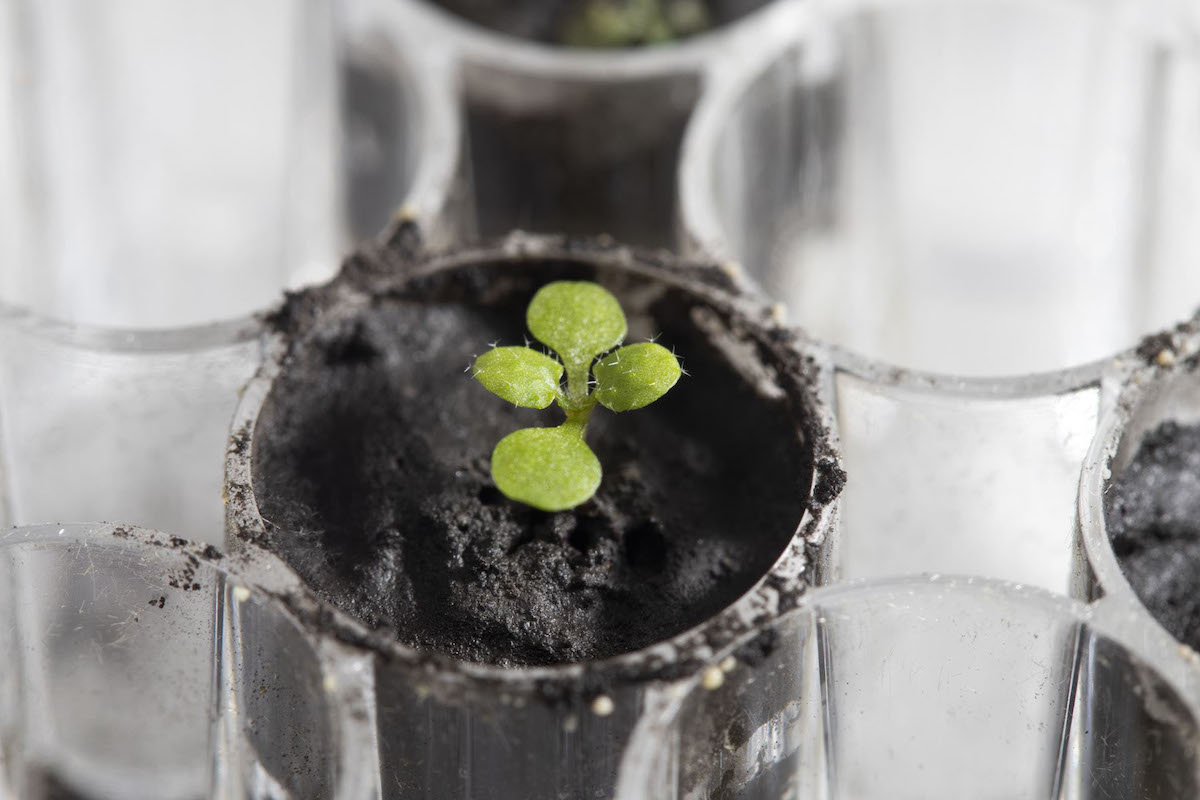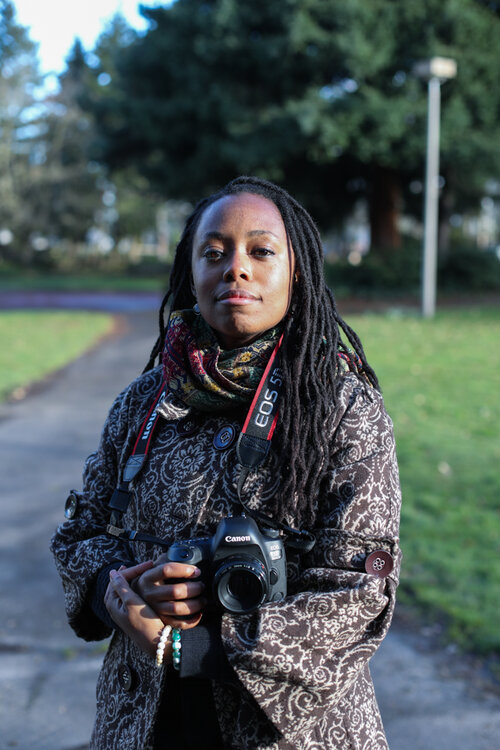Bird names are more than labels; they are windows into our relationship with the natural world, reflecting history, culture and values. As society evolves, so does the language we use to describe the biodiversity surrounding us.
This realization has led the American Ornithological Society (AOS) to undertake a significant and somewhat controversial initiative: renaming bird species to reflect contemporary values and inclusivity better.
The McCown’s longspur—a bird named after John P. McCown, an amateur avian collector who fought to defend slavery as a Confederate general and went to war against native tribes—is now named the thick-billed longspur.
Naturalists—such as Alexander Wilson, a chronicler of birdlife during the early nineteenth century and widely considered the father of American ornithology—inspired the names of some bird species among the roughly 2,000 found in North and Central America, with about 150 named after individuals. The handful of names which commemorate women mostly use first names. Anna’s Hummingbird is a tribute to French courtier Anna Masséna, wife of an amateur ornithologist.
However, as our understanding of history and its complexities deepens, the homage to certain figures through bird names has come under scrutiny.
“It was part of a larger shift in society towards diversity and inclusion that was sparked by events like the murder of George Floyd,” said Erica Nol, Biologist and Co-chair of the ad-hoc committee on renaming the birds. “The committee’s main goal was to change the names of birds that already had names, especially names that were connected to controversial historical people.”
One of the critical challenges in this initiative is striking a balance between honoring historical contributions in ornithology and addressing potential controversies associated with individuals’ actions or beliefs. Nol highlighted the committee’s initial attempt to categorize names based on historical significance but later abandoned this approach, recognizing the difficulty of being the moral police about historical figures.
Brodie Cass Talbott, Senior Educator and Trips Specialist at Bird Alliance of Oregon, highlighted the birding community’s reckoning with race and inclusivity. This led to the Bird Names for Birds campaign, advocating for removing human names from birds to make the field more inclusive and accessible.
“It’s been a long process, and the decision to rename grabbed the headlines,” Cass Talbott said. “But for those of us more involved in the birding community, this has been debated for years.”
Cass Talbott points out that a pivotal moment occurred on May 25, 2020, coinciding with what is known as the Central Park Incident, in which a white woman called the police on a Black man who was bird-watching and asked her to leash her dog, reported NBC News.
Cass Talbott said that this incident highlighted the disparities faced by Black birdwatchers and became a catalyst for the birding community’s reckoning around race. Cass Talbott passionately supports the renaming initiative, believing it removes barriers to inclusivity in birding.
The suggested renaming process starts with 70–80 commonly used bird names in the United States and Canada, with a pilot project involving a smaller subset of eight names. A separate group of birds with common honorific names—including the names of biologists, bird artists and poets—is proposed to facilitate a broader range of perspectives in suggesting and deciding on names.
“The American Ornithological Society has not, to my knowledge, laid out a clear process,” said Emily Williams, a Ph. D. candidate at Georgetown University. “However, they’re hoping to garner a lot of public input on suggestions, making the process as inclusive as possible.”
Williams noted the controversy has sparked some debate on which names to change, but also the potential for these changes to engage the public in conservation efforts more deeply by making ornithology more accessible and inclusive, emphasizing the broader societal influences on the decision to rename bird species.
The committee’s recommendation leans towards changing all eponymous names, emphasizing the focus on birds rather than individuals. Nol mentioned the possibility of creating a website to recognize and honor individuals’ contributions, providing historical context without perpetuating controversial associations.
“This process encourages public participation through a web forum, creating a dynamic and engaging approach to bird renaming,” Nol said.
Nol anticipates the renaming process will change how people perceive birds, making birding more accessible by using descriptive names. Removing eponymous names will also address the lack of representation for people of color and women in bird names, fostering a more inclusive environment.
“The name should depict the history or origin of the bird, not a meager human name,” said Jayavignesh Hariharan, a Wildlife Photography Mentor. “Their identities should transcend borders, language, country [and] race, not just the bird.”
“The hope is that the discussion surrounding changing names will put birds on a larger landscape, encouraging people to care more about birds and their conservation,” Williams said.
As the names of birds change, a harmonious story emerges, echoing the words of those who want everyone to enjoy and respect the bird world. Amidst the discussions on renaming, it’s crucial to recognize the pressing issues which demand our attention, such as the decline of certain bird species.
“Nearly 3 Billion Birds [are] Gone Since 1970,” according to research by Cornell Lab. According to the study, common birds—the species that many people see every day—have suffered the most significant losses. More than 90% of the losses—over 2.5 billion birds—come from just 12 families, including sparrows, blackbirds, warblers and finches.
While renaming is a step forward, the greater goal is to ignite conversations about bird conservation and inspire action.

